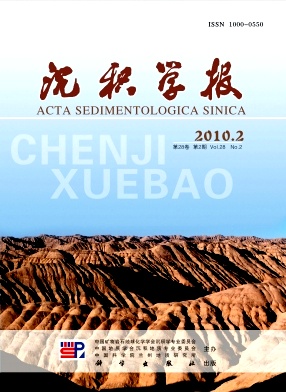Clay Mineral Characteristics of SC7 Core Sediments from Chenghu Lake (Suzhou) and Their Paleogeographic Significance
- Received Date: 1900-01-01
- Rev Recd Date: 1900-01-01
- Publish Date: 2010-04-10
-
Key words:
- Chenghu Lake
Abstract: Chenghu, a mediumsize and shallow lake, is situated in the central Taihu Plain of Lower Changjiang River, China. In its northcentral part, a temporal water pumped area from 2003~2007, there have developed a NNWSSE paleochannel filled up with deposits on the flat bottom. Sediment core (SC7) from this paleochannel near the central part of the lake was taken and the clay minerals were studied through Xray diffraction. Studies show that the main clay minerals, calculated by comparing major peak heights, are illite (70.0%~72.4%), kaolinite (10.0%~11.6%), 1.4 nm minerals (12.8%~14.6%), and small amounts of smectite (<5%). Compared with the bottom material ( hard clay') and lakeshore sediments, the sediments are characterized by higher content of illite, chlorite and better illite crystallinity, but lower content of kaolinite. These characteristics of clay minerals indicate that the sediments may come from both the lake catchment and the Changjiang River, and that the paleochannel (the ancient Dongjiang River) must have experienced frequent tidal upstream flow or Changjiang River's floods after entering the MidHolocene. As the Dongjiang River was filled up, the coastal development stage of Chenghu area ended.
| Citation: | SHI Yuxin. Clay Mineral Characteristics of SC7 Core Sediments from Chenghu Lake (Suzhou) and Their Paleogeographic Significance[J]. Acta Sedimentologica Sinica, 2010, 28(2): 339-345. |






 DownLoad:
DownLoad: